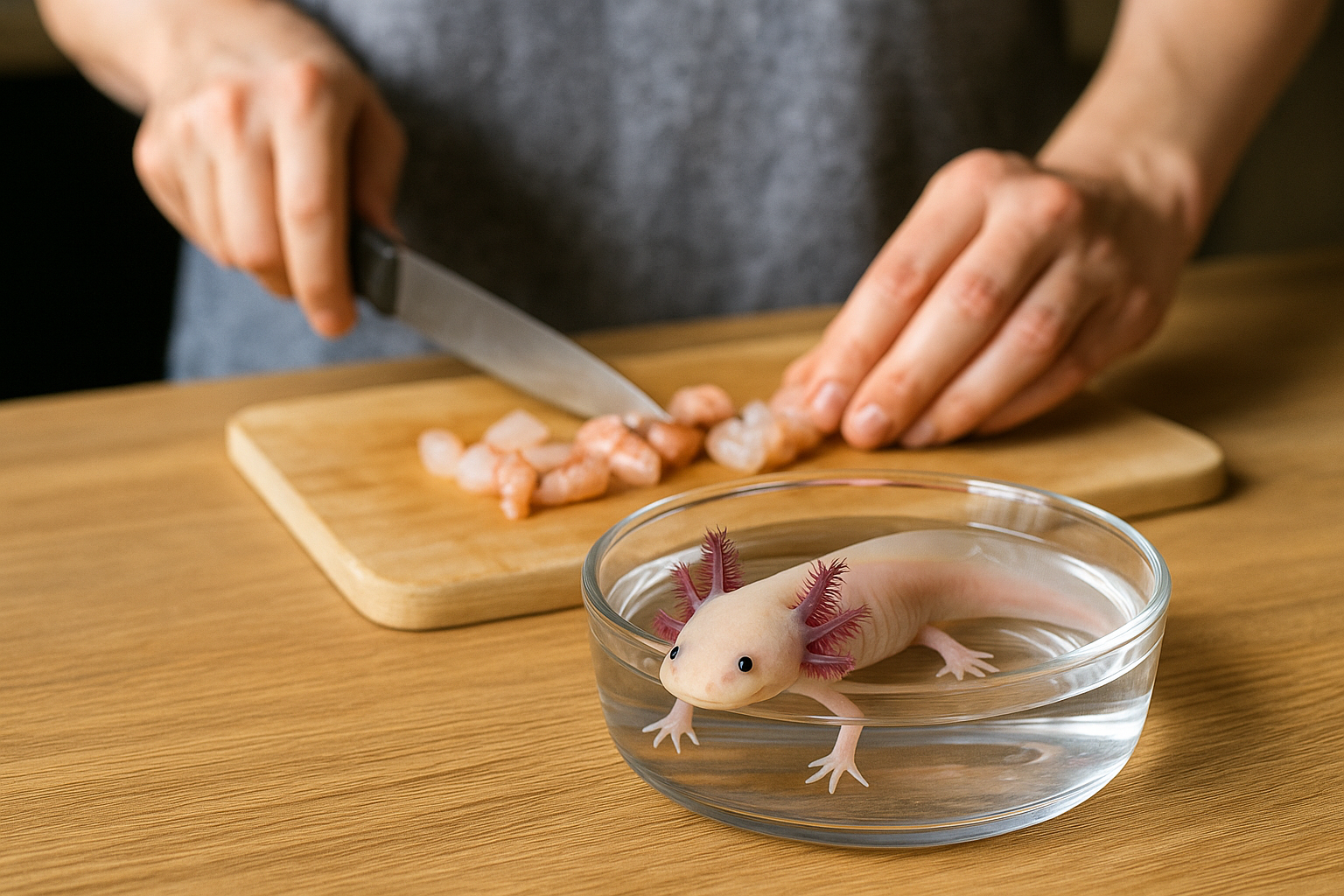
Food
Can You Prepare Homemade Food for an Axolotl?
Lire l'article
Pratique
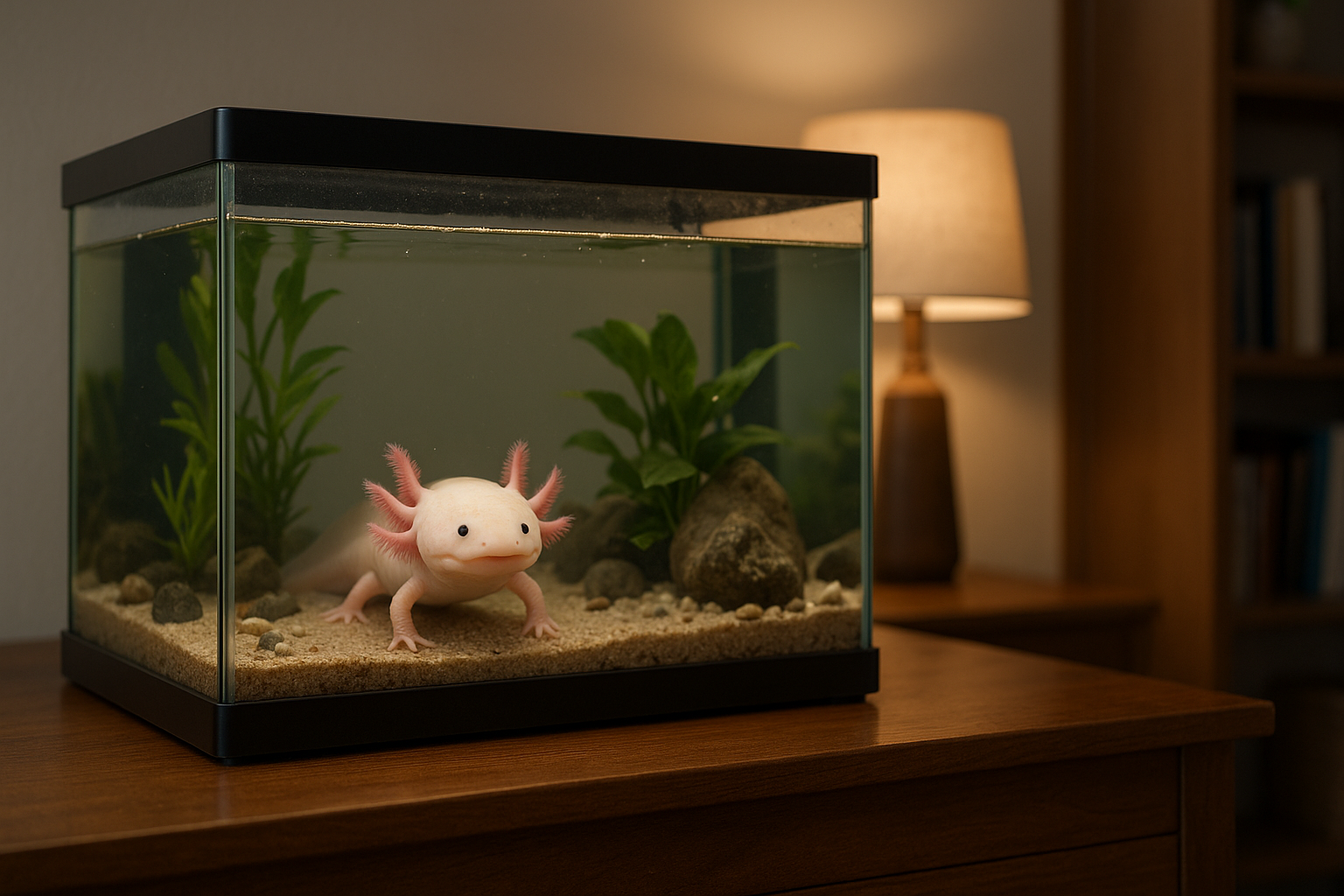
The axolotl, with its curious appearance and “smiling” expression, is attracting more and more exotic pet enthusiasts. But can you really keep one at home? Is it legal, ethical, and above all, reasonable? Before giving in to the temptation of this unique amphibian, it’s essential to understand what it entails in terms of responsibility, living conditions, and legal framework.
In France and in most French-speaking countries, the axolotl is an animal that private individuals are allowed to keep. It is not on the list of prohibited animals or those requiring mandatory declaration (such as regulated exotic pets). It is therefore entirely legal to own one at home, provided you respect animal welfare regulations and provide appropriate housing conditions.
That said, some regions or countries may impose specific restrictions (for example, in Canada or Switzerland). It is therefore always recommended to check local laws before adopting an axolotl.
No, in general, you do not need a certificate of competence or a permit to own one or more axolotls as a private individual. However, if you plan to breed them on a large scale or sell them, you fall into a different category (breeder or professional) and will need to comply with other requirements: registration, certification, sanitary authorization, etc.
The word “breeding” can be misleading. If you keep one or two axolotls in an aquarium for pleasure, this is more accurately called captive keeping. However, if you deliberately breed them, raise the eggs and larvae, and keep several individuals or give them to others, you are indeed engaging in a form of breeding.
This remains possible provided you fully master each step: incubation, specific feeding for juveniles, isolation, preventing cannibalism, water quality… Therefore, it is not recommended without experience or guidance.
To keep an axolotl at home, you must meet certain minimum conditions:
These conditions are essential to ensure the animal’s health, whether it is kept alone or in a group.
There is no legal maximum number, but each axolotl must have enough space to avoid stress and conflicts. Generally, it is recommended:
Be careful — the more you have, the higher the risks of biting, food competition, and water pollution. You should also avoid housing individuals of very different sizes together, especially young ones, to prevent cannibalism.
Many owners are surprised when a pair of axolotls reproduces spontaneously. The female can lay hundreds of eggs at once, and raising the larvae requires significant commitment: multiple tanks, live food, frequent water changes, constant monitoring…
Before breeding your axolotls, ask yourself if you are ready to take on this responsibility. If not, it is better to entrust the young to an experienced breeder or enthusiast if you do not have the time or equipment needed.
No, never. Releasing an axolotl into the wild is illegal, irresponsible, and dangerous — both for the animal and the environment. It would not survive the outdoor conditions (predators, temperature, diseases) and could disrupt local ecosystems. Adoption is a long-term commitment.
Keeping an axolotl at home is entirely possible — and even legal — as long as you do your research beforehand. These animals are neither toys nor decorative gadgets: they require a suitable habitat, precise care, and regular attention. While their adorable appearance may make you want to adopt one on impulse, it is important to respect their nature so they can live peacefully for 10 to 15 years. If you are ready to commit, the axolotl is a unique, discreet, and fascinating companion.

Food
Lire l'article
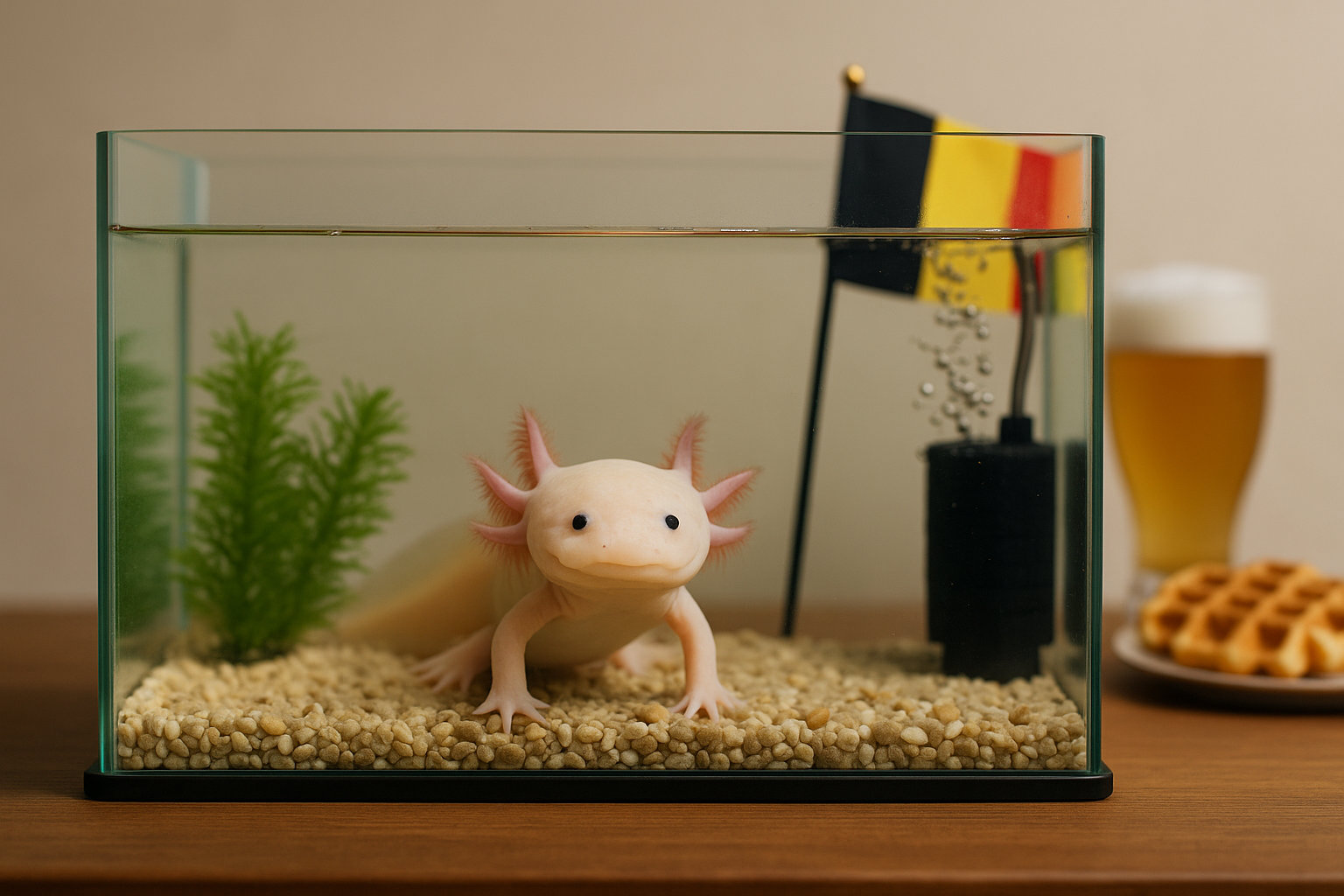
Pratique
Lire l'article
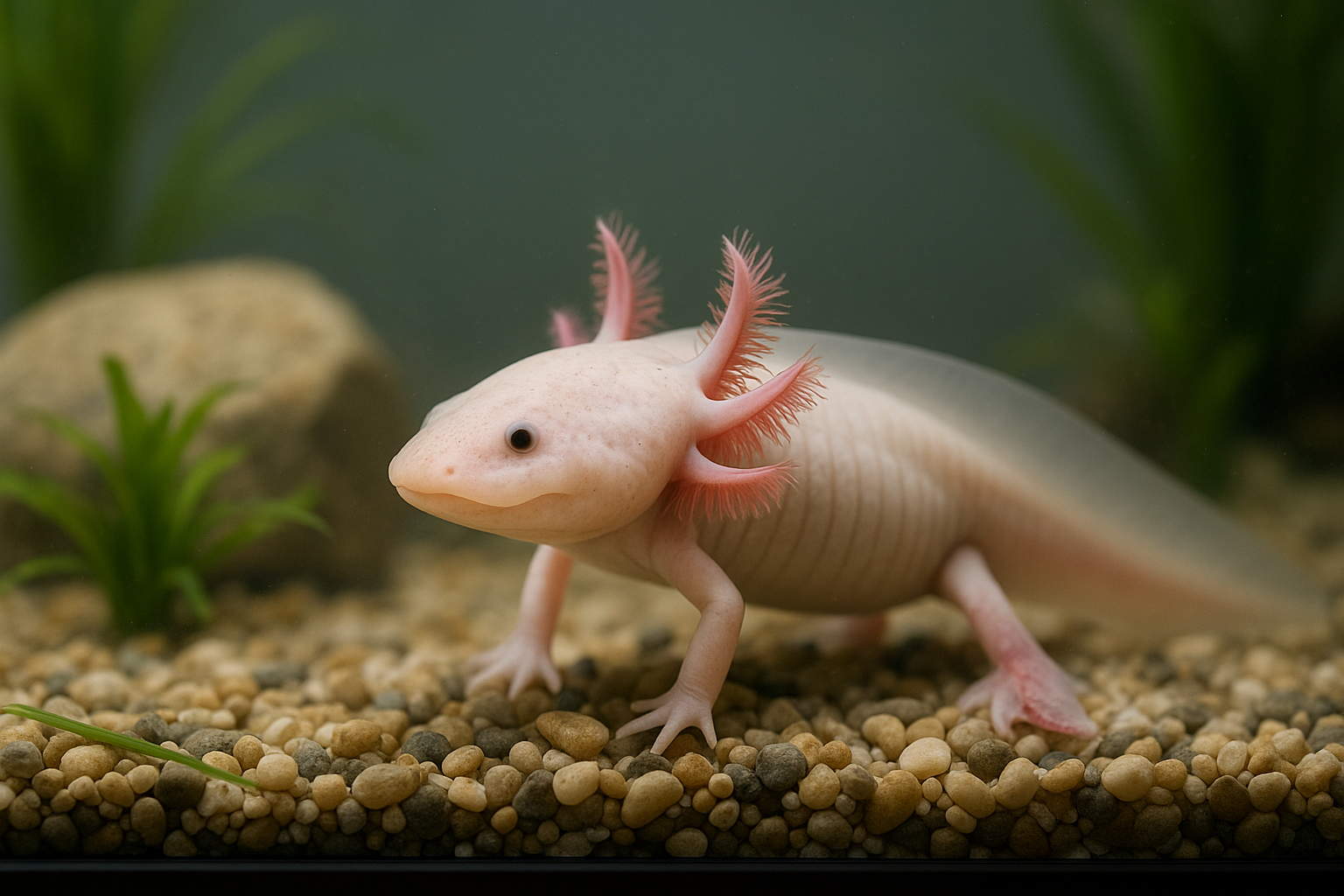
Health
Lire l'article

Equipement
Lire l'article
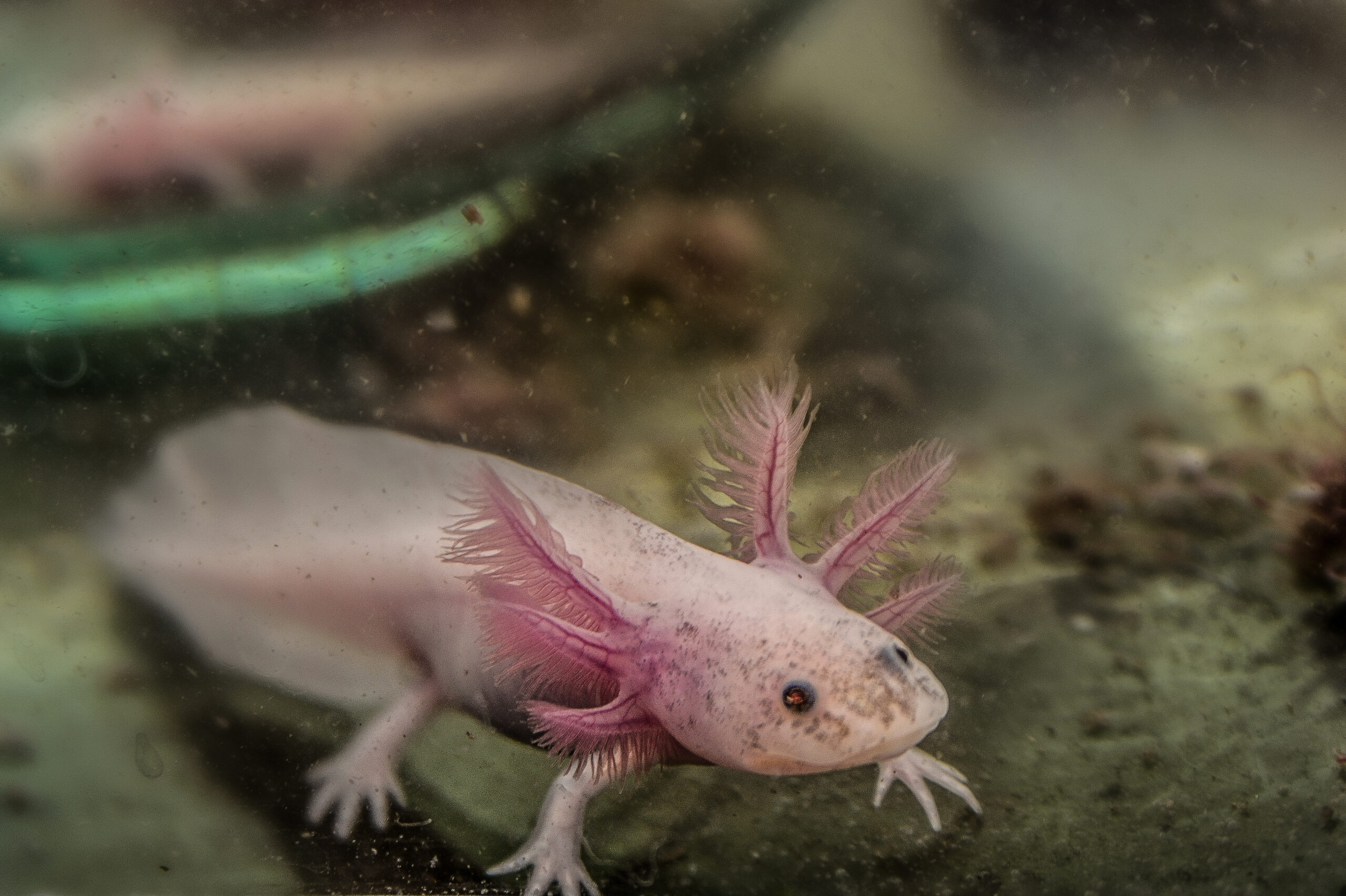
Equipement
Lire l'article